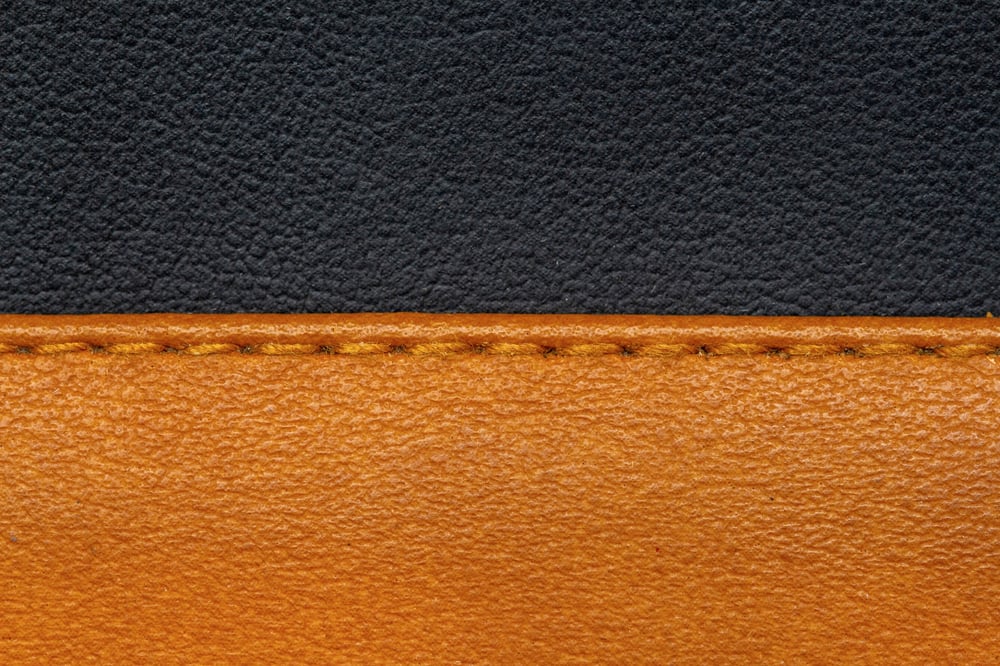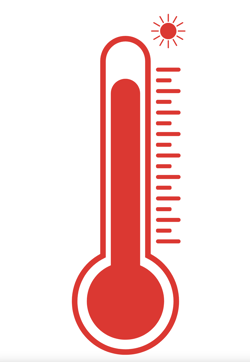Mastering the Craft: the Mystery of Filetteuse Temperature in Water-Based Leather Edge Painting
Leathercrafting is an age-old art that demands a keen eye for detail and a commitment to perfection. Among the many techniques employed by skilled artisans, leather edge painting stands out as a crucial step in achieving a polished and refined look for leather goods. When it comes to water-based leather edge paint, a common question arises: What's the highest temperature one can use on a filetteuse? Let's delve into this essential aspect of the leather crafting process.
Water-based leather edge paint has gained popularity among craftsmen for its eco-friendly composition and ease of use. Crafters appreciate its non-toxic nature, low odor, and straightforward cleanup process. In the world of leathercraft, a filetteuse, or edge hot iron, plays a pivotal role in setting and curing the water-based paint, providing a durable and professional finish to the leather edges.

Generally, the use of FILETTEUSE has always had the main purpose of making the surface smooth and uniform, but with the advent of the latest generation of dyeing paints, its use is gradually falling into disuse, as the final look of the rib is already beautifully smooth and uniform due to the chemical and physical characteristics of the paint.
With new-generation paints, the use of heat-smoothing could compromise the technical characteristics of the paint, reducing its elasticity and strength and changing its gloss.
Temperature Guidelines for Filetteuse/Hot iron:
 Achieving optimal results with water-based leather edge paint and a filetteuse requires careful consideration of temperature settings. While specific recommendations may vary depending on the brand and formulation of the paint, here are some general guidelines to help you navigate the temperature spectrum:
Achieving optimal results with water-based leather edge paint and a filetteuse requires careful consideration of temperature settings. While specific recommendations may vary depending on the brand and formulation of the paint, here are some general guidelines to help you navigate the temperature spectrum:Manufacturer's Recommendations: Always refer to the manufacturer's instructions for the water-based leather edge paint you are using. Different brands may have distinct formulations, and the recommended temperature for optimal results can vary. Manufacturers provide valuable insights into the best practices for their specific products.
Start Low and Test: When uncertain about the ideal temperature, adopt a cautious approach. Begin with a lower temperature setting on your filetteuse and conduct tests on a scrap piece of leather. Observe how the paint reacts to heat and gradually increase the temperature until you achieve the desired result. This method allows you to find the perfect balance for your unique combination of leather and paint.
Avoid Overheating: Excessive heat can have detrimental effects on both the leather and the water-based paint. Overheating may cause the paint to bubble, crack, or discolor, compromising the overall finish of your leather project. Exercise caution and prioritize precision over speed when using a filetteuse.
Consider Leather Thickness: Thicker leather may require slightly higher temperature s for effective curing, while thinner leather may respond better to lower temperatures. Take into account the thickness of the leather you are working with, adjusting the filetteuse temperature accordingly.
As for our paints, it is recommended not to exceed the temperature of 70-80°C if you still want to use hot-ironing.
Mastering the art of leather edge painting with water-based paints and a filetteuse involves a delicate balance of temperature control, experience, and a willingness to adapt.


